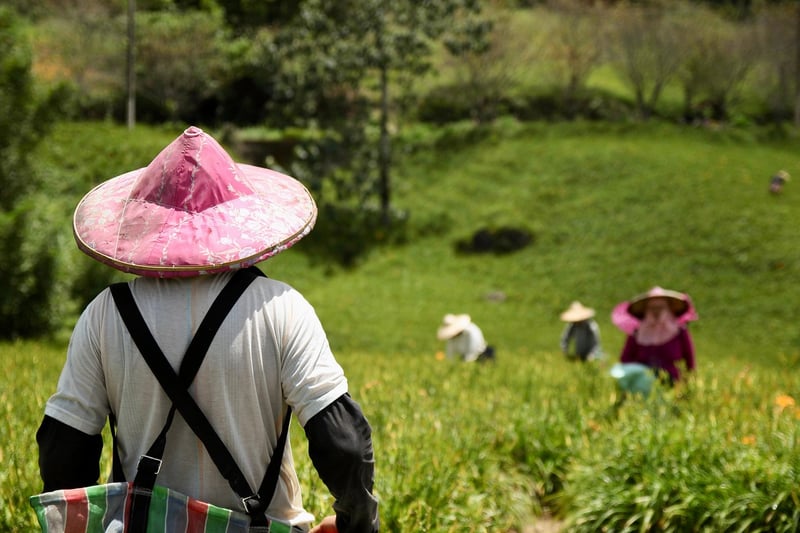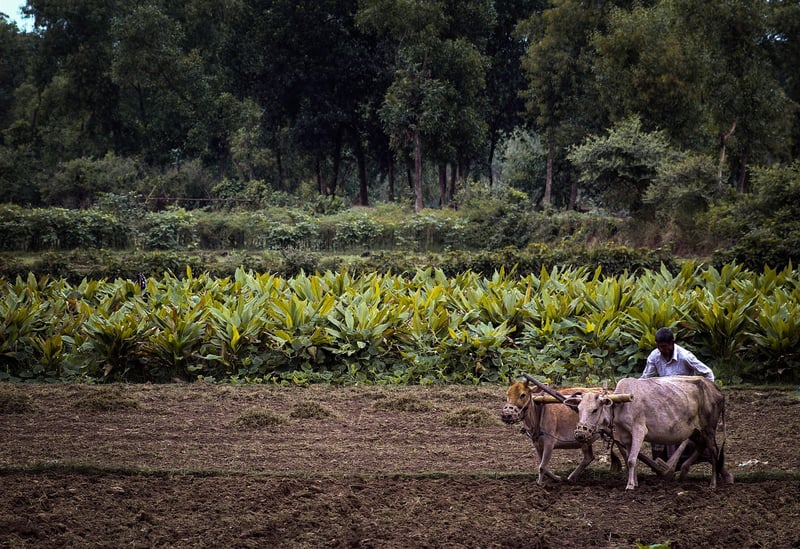Livelihood diversification
Improving Livelihoods in Rural Areas Through Targeted Interventions
Rural areas play a crucial role in the economic and social fabric of a country. However, these regions often face challenges related to limited access to resources, infrastructure, and opportunities. In order to enhance the well-being of rural communities, targeted interventions are essential to promote livelihood diversification.
The Importance of Livelihood Diversification
Livelihood diversification involves expanding the range of income-generating activities that individuals and households engage in. This strategy is vital for rural areas as it reduces dependency on a single source of income, making communities more resilient to economic shocks and environmental changes.

Key Strategies for Livelihood Diversification
- Agricultural Diversification: Encouraging farmers to grow a variety of crops and engage in animal husbandry can enhance food security and create additional sources of income.
- Non-Farm Activities: Promoting small businesses, handicrafts, and services can provide alternative income streams for rural households.
- Skills Development: Training programs that equip individuals with new skills and knowledge can open up opportunities in emerging sectors.
- Market Linkages: Facilitating access to markets and value chains can help rural producers connect with larger markets and earn better prices for their products.
Impact of Targeted Interventions
Targeted interventions tailored to the specific needs of rural communities can have a significant impact on improving livelihoods. These interventions may include infrastructure development, social protection programs, financial inclusion initiatives, and capacity-building activities.

Conclusion
By promoting livelihood diversification through targeted interventions, policymakers, NGOs, and local communities can work together to create sustainable and inclusive development in rural areas. Empowering individuals to explore diverse income opportunities not only improves their economic well-being but also contributes to the overall growth and resilience of rural economies.
References: UN Report on Rural Development, IFAD Livelihoods Diversification Guide
